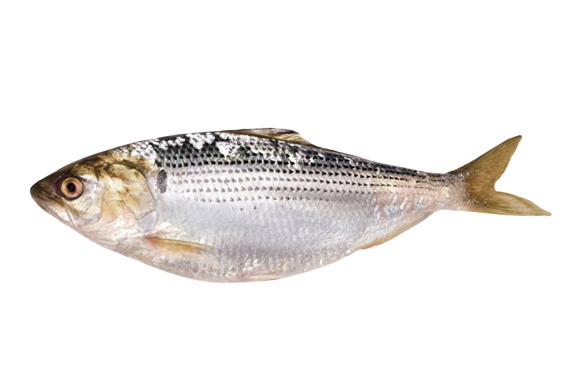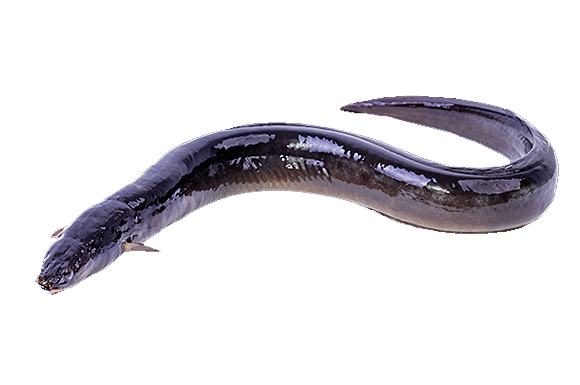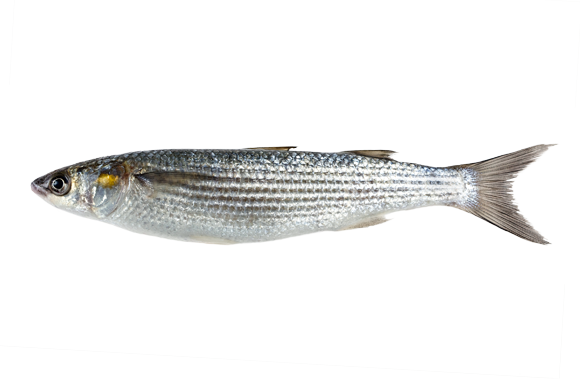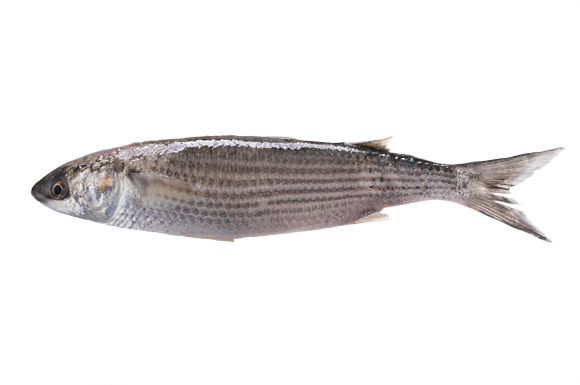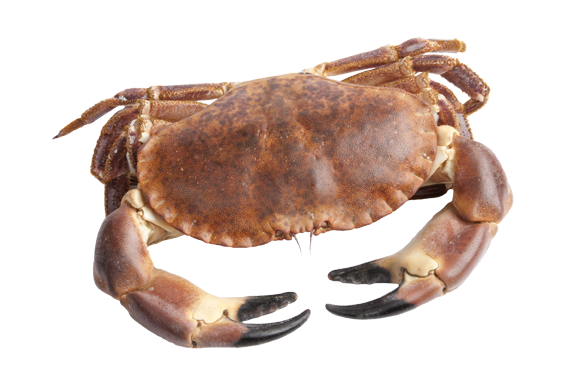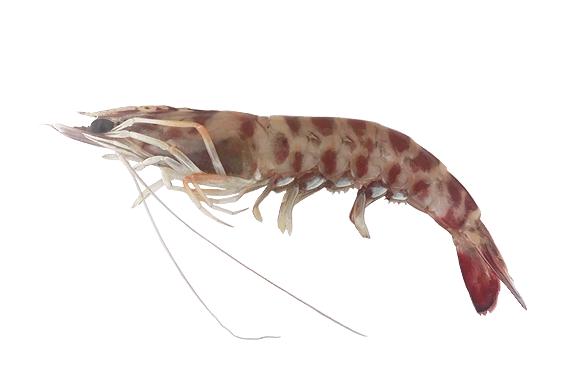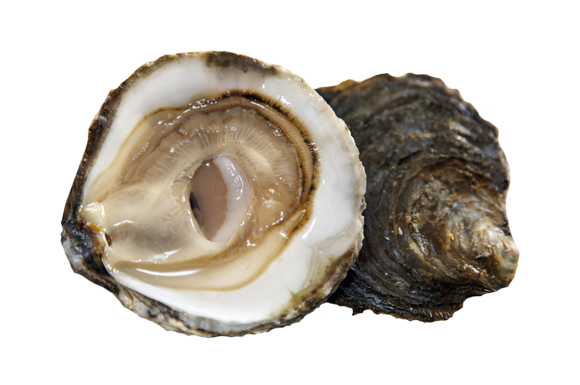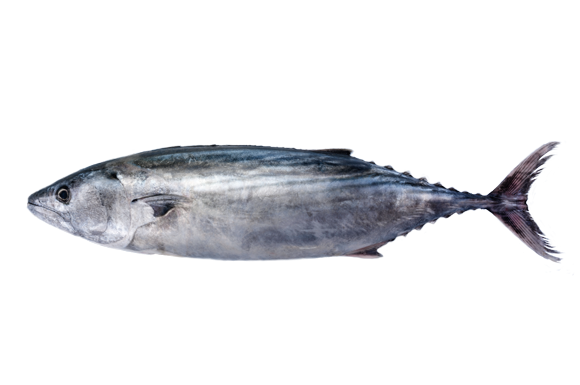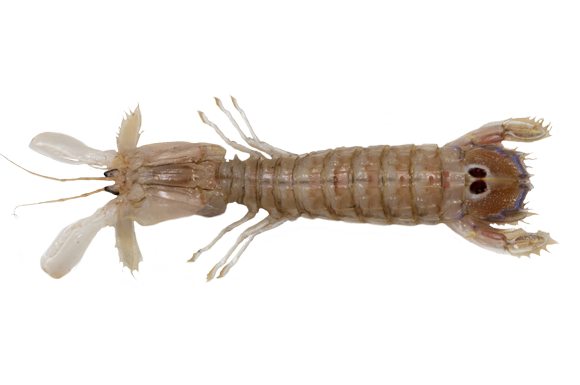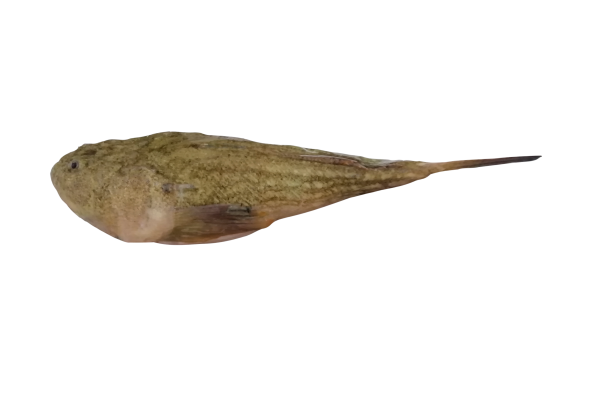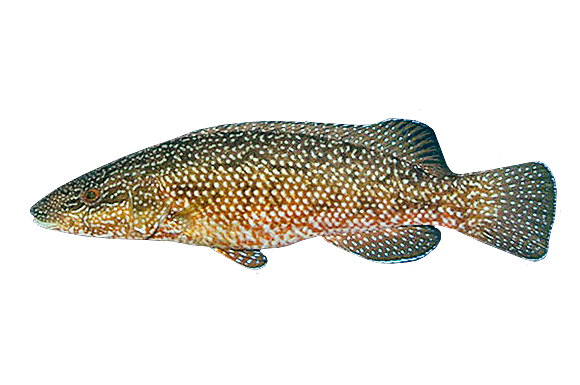Fishing should always be carried out using methods respecting the marine habitats, which do not damage the seabed and that avoid wastefulness, accidental catches and discarding, as much as possible.
Small-scale artisanal fishing is fishing carried out by boats less than 12 metres long, operating within 12 miles from the coast. It differs from other methods of fishing due to the use of selective tools with low environmental impact, which respect the natural limits of the sea and of the ecosystems.
The tools used in small-scale artisanal fishing are selective inasmuch as they make it possible to catch only specific target species, of the desired size. This feature allows small-scale artisanal fishing to minimize accidental catches and reduce waste to a minimum.
These are cages that are lowered to the seabed. The catch takes place passively, without the active involvement of the fisherman: the prey, generally encouraged by bait, enters the cage and becomes trapped inside it.
The lines consist of one or more hooks tied to a cable and a plummet. The use of these tools requires the active involvement of the fisherman: the lines are, in fact, lowered and continuously kept under control by the fisherman. As soon as a fish bites, retrieval begins, acting in order to guarantee that the fish cannot free itself.



